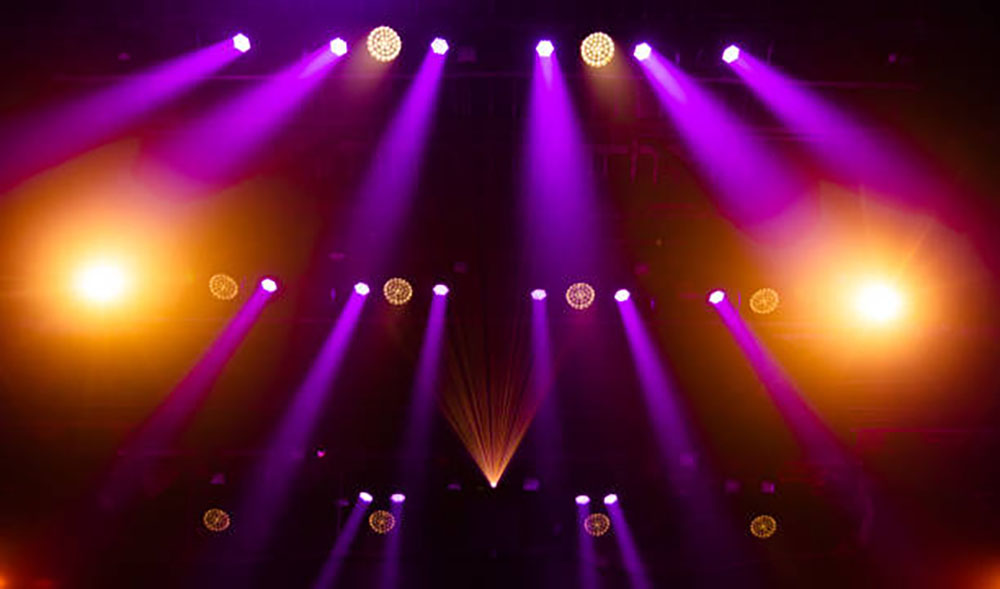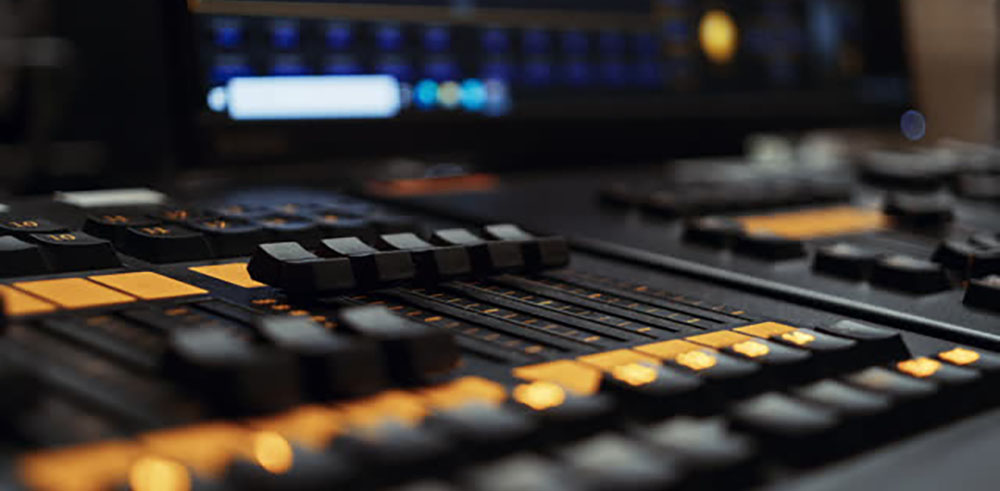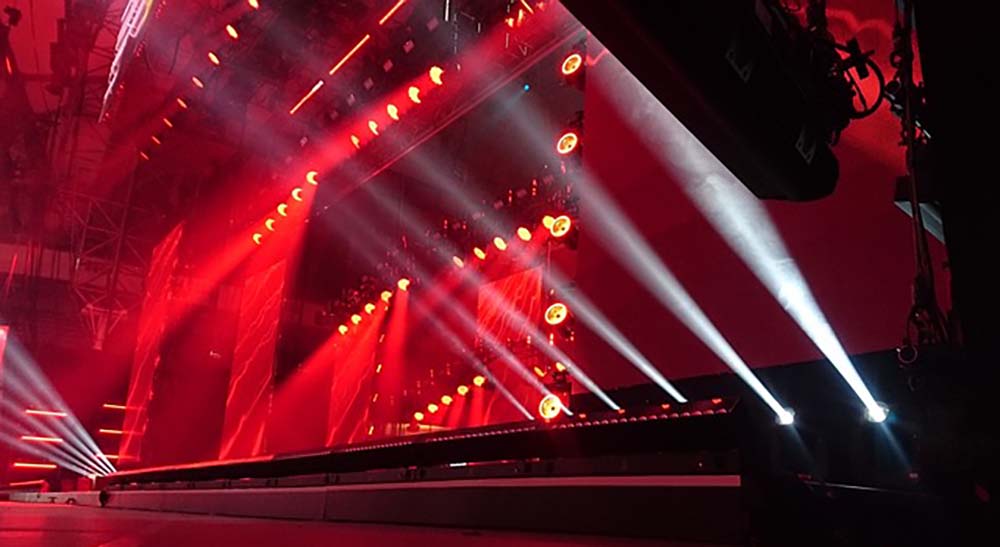LED Wash Light produces pure color and soft light that enhances the atmosphere of the performance scene, and is an important part of the stage lighting effect.
These wash fixtures are designed to illuminate large areas like events, or architecture, providing a smooth and consistent color wash. LED wash lights have gained popularity due to their energy efficiency, longer lifespan, and color mixing capabilities.
Types of LED Wash Lights:
• Wash Moving Heads
• Par Lights
• Strobe Lights
• Wash Moving Heads
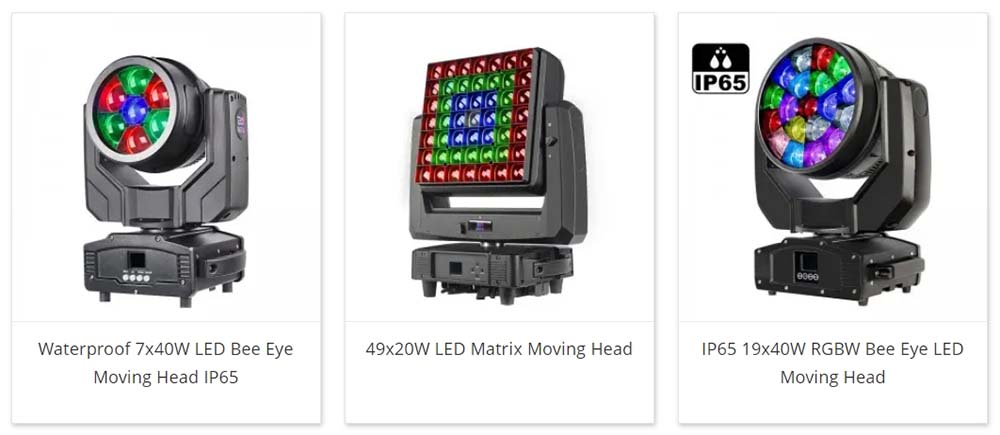
Wash moving heads are versatile LED fixtures that offer a range of lighting effects. They can pan, tilt, and zoom, allowing for precise control over the direction and spread of the light beam. Wash moving heads are commonly used to create dynamic and immersive lighting designs, as they can project a broad wash or focus on specific areas on stage.
• Par Lights
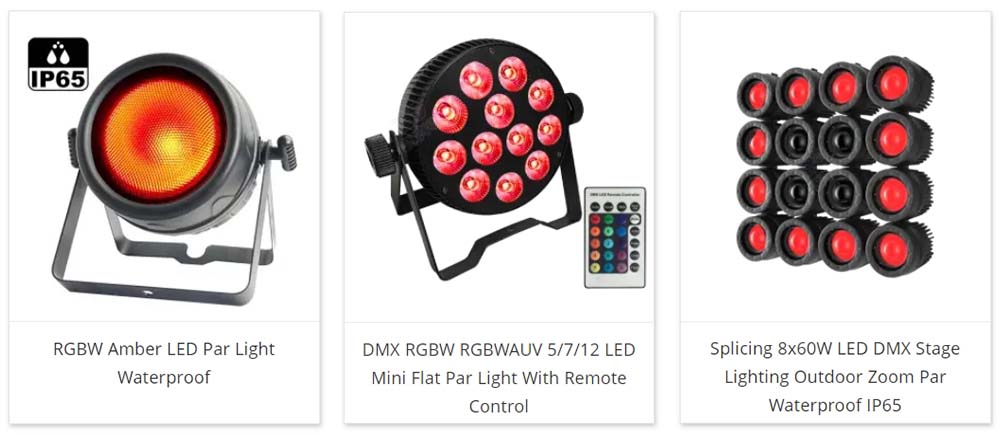
Par lights, short for parabolic aluminized reflector lights, are compact LED fixtures that produce a wide and even wash of light. They are known for their simplicity and ease of use, making them popular choices for various applications. Par lights come in different sizes, with a varying number of LED elements, allowing for flexibility in creating different effects and color combinations.
• Strobe Lights
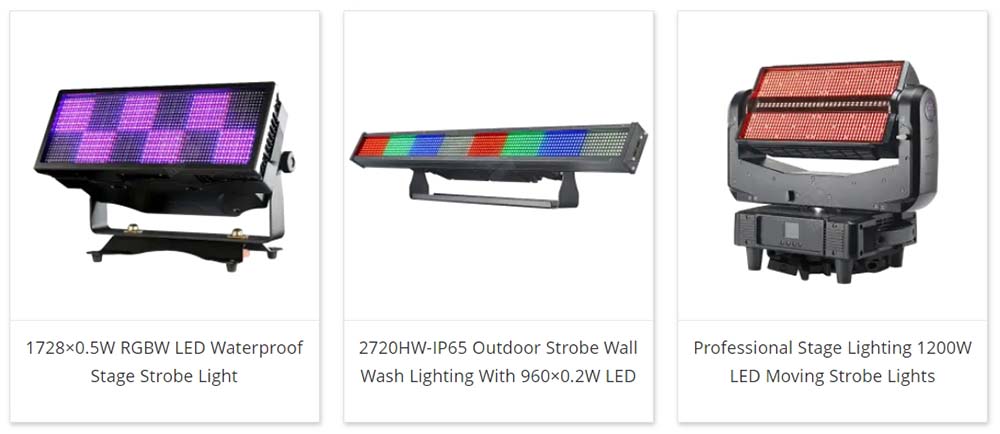
Strobe lights, as the name suggests, are LED fixtures that produce short bursts of intense light at regular intervals. They are commonly used to create dynamic and high-energy lighting effects, such as simulating lightning or adding impact to musical performances. Strobe lights offer adjustable speed and intensity settings, providing lighting designers with precise control over the desired effect.
Control Modes
DMX (Digital Multiplex) is a communication protocol that allows for precise control of lighting fixtures. Through DMX, lighting designers can adjust parameters such as color, intensity, and movement of the LED wash lights, creating intricate and synchronized lighting effects.
In addition to DMX control, modern LED wash lights offer multiple control modes to cater to different user requirements. These modes include:
• DMX512: The standard DMX protocol, allows for individual control of multiple fixtures.
• Master-slave: One fixture acts as the master, controlling the others in synchronization, useful for simpler setups.
• Autorun: Built-in pre-programmed lighting sequences that can be easily triggered, ideal for situations where a lighting designer is not present.
• Sound-activated: The lights respond to the sound or music being played, creating a dynamic lighting display that follows the rhythm.
• RDM (Remote Device Management): A bi-directional communication protocol that allows for advanced control and monitoring of fixtures remotely.
How to Choose LED Wash Lights
When it comes to choosing LED wash lights, there are several factors to consider. Here are three 3 points to keep in mind:
1. Budget: Quantity and Unit Price
First, consider your budget and determine how many wash lights you need for your event. Additionally, decide whether you want to invest in high-end wash lights from the same series, as they tend to have a higher price point.
2. LED Light Source: Power and Color
When selecting LED wash lights, consider the power of the LED chips. Generally, higher-power LED chips produce brighter light and have a longer projection distance. For optimal performance in larger venues, it is recommended to choose high-power wash lights.
In terms of color, there are various options available such as RGB, RGBW, RGBWA, CMY, and RGBWA+UV. Choose the color configuration that suits your event and lighting design requirements.
3. Indoor or Outdoor Application
For indoor events, regular IP20-rated wash lights should suffice. However, for outdoor events, it is important to ensure that the wash lights have waterproof features to protect them from the elements and adhere to electrical safety standards. Alternatively, you can opt for IP20-rated wash lights and add rain covers for protection.
Post time: Dec-26-2023

